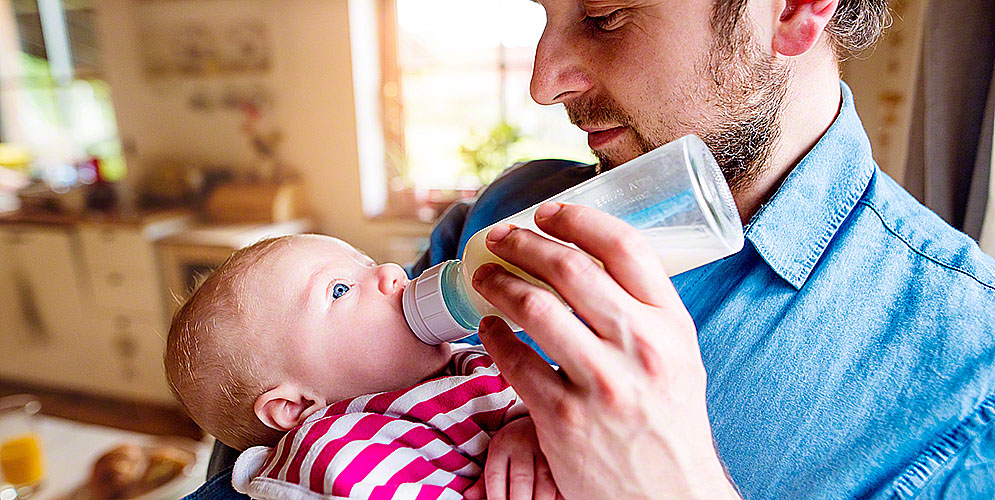
Milk Allergy: Causes, Symptoms, Diagnosis, And Treatment
Food allergies are very common, but milk is one of the few food components which can cause severe allergic reactions. The patient may need the attention of an allergy specialist ASAP. Here is everything you need to know about milk allergy.
What Is Milk Allergy?
Milk is a great source of calcium and other nutrients for children, but sometimes, some children might have an adverse reaction to milk. Their immune systems are compromised and they cannot digest milk. This is known as milk allergy.
This is a form of allergy caused by the consumption of milk coming from cows, sheep, buffaloes, etc. and it doesn’t get broken down in the body. It can also cause a lot of issues in the body, like an upset stomach, irregular bowel movements, constipation, and more. This can also be caused by products containing whole and real milk, like yogurt, cheese, any milk-based shake or smoothie, etc.
Milk allergy can be a huge issue for small children, like infants and toddlers. Usually, children can grow out of this allergy after some time, but it takes a bit of getting used to it. A milk allergy is different from a milk intolerance. In milk intolerance, the stomach is unable to break the milk down for digestion, which can cause a lot of reactions.
There is no immune system involved in milk intolerance. But in milk allergy, the immune system is not able to accept milk or dairy products coming into your body and as a result, it can lead to symptoms of an allergy.
Causes Of Milk Allergy
Allergies have a cause, which is directly related to the immune system and the suppression of the production of antibodies.
Usually, milk contains whey and casein, which can lead to the suppression of the production of antibodies like immunoglobulin. Milk also contains protein which is hard to break down, especially when children are younger in age.
These allergies can also occur in grown adults and for that, you need to avoid the use of milk and dairy foods in your diet for good, otherwise, it can trigger an allergic reaction in your body and cause problems.
Symptoms And Diagnosis Of Milk Allergy
Here are some symptoms of milk allergy:
- Breakouts on the skin, like hives, can be red and itchy
- Vomiting is also a common symptom
- Stomach aches, especially after drinking milk
- Tingling in the mouth
- Abdominal pain
- Runny nose
- Constriction of the chest and difficulty in breathing
- Anaphylaxis, in the worst cases, is a severe medical emergency and you need to go to a hospital immediately, otherwise, it might be too late. Anaphylaxis is the sudden stopping of breathing and the person needs to be seen immediately by a medical professional so that drugs can be administered straight away.
The diagnosis of this allergy is through an allergy test. In this test, the allergen, aka, the milk is consumed by the person and the effects are noted. Then a formal diagnosis may be made along with other allergies or symptoms that might be occurring.
Treatment Of Milk Allergy
Here are some treatment options for milk allergy:
- The best way to treat any allergy is to avoid the allergen. In the case of milk allergy, the trigger is milk, so you need to avoid all sorts of milk products and eliminate them from your diet. You can check the labels and see what types of things are made from milk, so you can easily avoid them.
- Use substitutes for real milk, like plant or nut-based milk and products. This is going to give you the nutrients you need, but they won’t trigger your allergies.
- Try to talk to your doctor and see if immunotherapy works for milk allergy. You can get allergy shots too and be free from allergies for good.
- Try to take calcium and vitamin D supplements to get your daily intake of nutrition when avoiding milk.
Conclusion
There you have it! Milk allergy is not something that needs to be worried about too much, as a lot of people grow out of it. But, it’s still important to keep this allergy in check, otherwise, the consequences can be detrimental. Visit an allergy clinic Manassas to get diagnosed and begin the treatment.
